Chemically speaking, chlorine bleach is a water solution of sodium hypochlorite. Common household laundry bleach, used to whiten and disinfect laundry, is typically either 5.25 percent (“regular strength”) or 6 percent sodium hypochlorite (“ultra strength”). As a surface disinfectant, chlorine bleach is approved by the U.S. Environmental Protection Agency and the U.S. Department of Agriculture for use in safe food production. It is also used to help prevent the spread of infections in homes, hospitals, nursing homes, schools and day care facilities. Basic information about bleachers raises the question of how to bleach chlorine with bleach and then do a thorough review of chlorine bleach manufacturers.
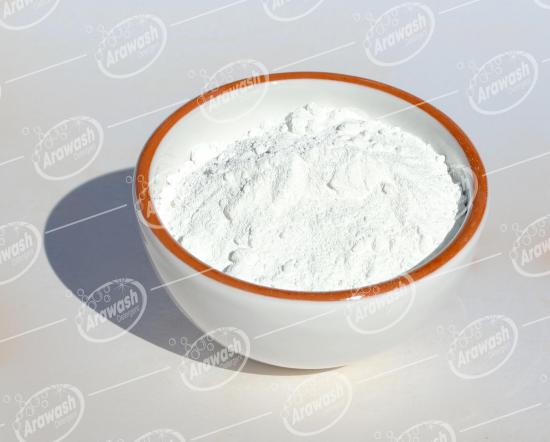
How much does chlorine bleach cost?
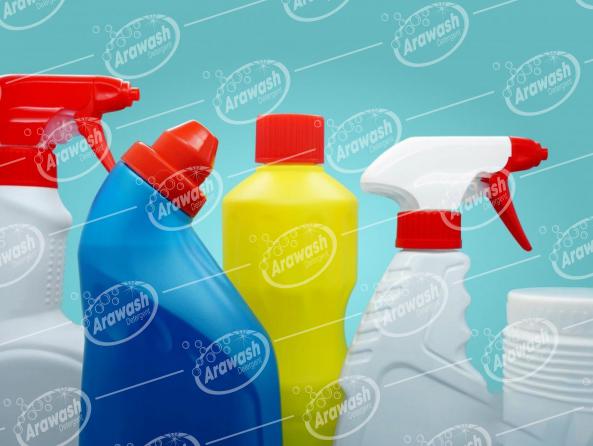 Bleach is the generic name for any chemical product which is used industrially and domestically to clean, and to remove stains. It often refers, specifically, to a dilute solution of sodium hypochlorite, also called “liquid bleach”. Many bleaches have broad spectrum bactericidal properties, making them useful for disinfecting and sterilizing and are used in swimming pool sanitation to control bacteria, viruses, and algae and in many places where sterile conditions are required. They are also used in many industrial processes, notably in the bleaching of wood pulp. Bleaches also have other minor uses like removing mildew, killing weeds, and increasing the longevity of cut flowers. Chlorine bleach is “chlorine to go,” providing a convenient vehicle for delivering the germ-busting power of chlorine chemistry.
Bleach is the generic name for any chemical product which is used industrially and domestically to clean, and to remove stains. It often refers, specifically, to a dilute solution of sodium hypochlorite, also called “liquid bleach”. Many bleaches have broad spectrum bactericidal properties, making them useful for disinfecting and sterilizing and are used in swimming pool sanitation to control bacteria, viruses, and algae and in many places where sterile conditions are required. They are also used in many industrial processes, notably in the bleaching of wood pulp. Bleaches also have other minor uses like removing mildew, killing weeds, and increasing the longevity of cut flowers. Chlorine bleach is “chlorine to go,” providing a convenient vehicle for delivering the germ-busting power of chlorine chemistry.
One of the most important uses of chlorine bleach is to eliminate dirt and bacteria in the pool. Since these bleachers are very expensive and regularly used and are of high importance in pool health we should look for cheap chlorine bleach. You might have a question about why use chlorine?
- Chlorine
Chlorine is by far the most commonly used swimming pool sanitization agent. The goal of adding chlorine to a pool is simple: kill microorganisms such as bacteria and algae. A pool with excessive bacteria and algae is cloudy and unsafe to swim in. The chemistry behind the ability of chlorine to kill is straightforward. Chlorine is a negatively charged ion that can rip through the outer membranes of the microbes, destroying them and rendering them harmless and unable to grow. The most readily available form of chlorine is liquid bleach, which is chemically known as hypochlorous acid (the bottle of bleach will list sodium hypochlorite, the salt of this weak acid), a form of chlorine bound to a negatively charged oxygen atom. Once the bleach is added to water, the hypochlorous acid molecule turns into a negatively charged hypochlorite ion and goes to work killing microbes and sanitizing your pool. The solution to maintaining a clear pool is to use readily available liquid bleach as your chlorine source. Chlorine bleach, as discussed above, is not bound to a stabilizer, so when you add chlorine bleach to the pool, it will go right to work killing microbes and sanitizing. Daily adjustment of bleach to your pool water will result in a relatively constant level of active sanitizing chlorine that will be cheaper and easier to maintain over time.
When you add your chlorine this way, however, you will need to add a small amount of stabilizer to your pool so the sunlight doesn’t destroy all of your chlorine the instant you add it in. In this case, since you are controlling the amount of stabilizer, you are assured that you aren’t over-stabilizing the pool and your chlorine will be actively sanitizing, if chlorine levels are maintained. You can buy cyanuric acid (stabilizer) from the pool store or a big-box store and add it once at the beginning of summer and most likely not again for a few months, as opposed to adding it daily or weekly with chlorine tablets. Once your pool has a steady and correct amount of stabilizer in it, it will protect and stabilize a certain amount of your chlorine while allowing a more appropriate amount of non-stabilized chlorine to do its sanitizing job.
According to the descriptions given to your loved ones about this vital ingredient for pools. Now your question is where is the Wholesale chlorine bleach near me and how can I get it? Your answer on this website is to provide you with the best quality and best chlorine bleach.
Cost Effective Prices for Exporting chlorine bleach
The price of bleach chlorine has made it possible to export it to other countries at a cost of production and in other ways this product is in high demand in Asian and European countries due to the availability of pools. Increasing demand around the world due to the price chlorine bleach and the chlorine bleach quality in the country of production has provided a very good opportunity for the countries producing chlorine to deliver their quality products in the shortest possible time.
Exportable Quality chlorine bleach for Sale
 For the sale of chlorine bleach you need to provide the buyer with complete information about the chlorine bleach ingredients described below.
For the sale of chlorine bleach you need to provide the buyer with complete information about the chlorine bleach ingredients described below.
It is not an exaggeration to say that chlorine and chlorine chemistry—the use of chlorine in chemical processes—are essential to everyday life. Chlorine is used in a vast range of chemical processes to create thousands of often indispensable products. While perhaps best known for its role in providing clean drinking water, chlorine chemistry also helps provide energy-efficient building materials, electronics, fiber optics, solar energy cells, 93 percent of life-saving pharmaceuticals, 86 percent of crop protection compounds, medical plastics, and much more. In most of these applications, there are no viable substitutes for chlorine. Chlorine is produced from one of nature’s most plentiful and inexhaustible minerals—common salt, sodium chloride. Yes, the same white solid you sprinkle on your baked potato!
Chlorine is produced using the “chlor-alkali process.” In this process, electricity is applied to a solution of salt water, or brine. The electricity separates sodium from chloride. Chlorine gas, hydrogen gas and caustic soda (sodium hydroxide) solution are the “co-products” of the chlor-alkali process. Chlorine and caustic soda are building block compounds for thousands of useful products. Hydrogen can be recycled into the chlor-alkali process as a zero-emission fuel.
Approximately 40 percent of chlorine produced in the United States is used to make polyvinyl chloride (PVC or vinyl)—a versatile plastic found in such diverse products as prosthetic limbs and energy-saving windows. Another 37 percent of chlorine produced in North America is used to produce basic organic chemicals needed for manufacturing, and solvents for metalworking, dry cleaning, and electronics. Other large uses of chlorine include producing hydrochloric acid for myriad chemical processes and titanium dioxide, a popular white pigment.
Comparatively small amounts of chlorine are used for significant impact. For example, roughly four percent of North American chlorine is used for water treatment—a pervasive use that helps protect the public from serious waterborne diseases like cholera and typhoid fever. Similarly, a very small percentage of chlorine produced is used to help manufacture over 93 percent of pharmaceuticals sold in the U.S. These include medicines that help patients manage heart and respiratory disease, ulcers, anemia and depression. Comparatively small amounts of chlorine are used for significant impact. For example, roughly four percent of North American chlorine is used for water treatment—a pervasive use that helps protect the public from serious waterborne diseases like cholera and typhoid fever. Similarly, a very small percentage of chlorine produced is used to help manufacture over 93 percent of pharmaceuticals sold in the U.S. These include medicines that help patients manage heart and respiratory disease, ulcers, anemia and depression.
The chlor-alkali industry, with annual sales of over $8 billion, directly employs approximately 20,000 American workers, earning a total of about $1.3 billion per year. Another estimated 40,000 workers are employed in chlorine-related chemistries, manufacturing products such as PVC resin, the powdered form of PVC used with other ingredients to produce everything from water pipes to medical equipment; titanium dioxide, a ubiquitous white pigment used in paints, coatings and cosmetics; and hypochlorite bleaches, used for whitening and disinfection. Their wages total approximately $2.8 billion per year. Annual sales of these products total approximately $38 billion.
Cheap Wholesale of chlorine bleach in Iran
High quality chlorine bleach suppliers in Iran are Sepahan chlor and Niroo chlor, whose products are manufactured in high purity and delivered to the consumer and at a very low cost and cost effective for customers.
The best chlorine bleach manufacturers in Iran are companies that provide customers with the opportunity to use chlorine in household detergents to eliminate germs on surfaces using these products because chlorine bleach solution can be used as a handy, inexpensive household disinfectant. It can be applied in the kitchen to food preparation surfaces, like countertops and cutting boards, to destroy foodborne germs like e.coli and salmonella. Bathroom surfaces may be sanitized using chlorine bleach, as can hard surfaces in the sick room. During flu season, disinfecting commonly touched surfaces, such as door knobs and dials, with chlorine bleach solution can help prevent the spread of the flu virus among family members. To use chlorine bleach for general surface disinfection, first wash the surface with hot, soapy water to clean. Thoroughly rinse off soap. Disinfect by applying a fresh mixture of 1 tablespoon of household bleach in one gallon of cool water. Allow to air dry.
Always read and follow instructions on the labels of bleach containers and other household cleaners.
chlorine bleach Designs for Sale at Best Price
 Most pool stores do not suggest that you use simple chlorine as described above. They sell long-lasting “hockey puck” tablets of chlorine that are combined with all sorts of other chemicals. These chemicals allow the chlorine to stay around for a long time, and may also include some algaecides. You might think it is a good thing to have additional chemicals to allow the chlorine to stay around longer, especially considering how quickly sunlight degrades chlorine. The problem, however, is that when chlorine is combined with these chemicals (a.k.a. “stabilized”), it is not nearly as effective at killing algae or bacteria.
Most pool stores do not suggest that you use simple chlorine as described above. They sell long-lasting “hockey puck” tablets of chlorine that are combined with all sorts of other chemicals. These chemicals allow the chlorine to stay around for a long time, and may also include some algaecides. You might think it is a good thing to have additional chemicals to allow the chlorine to stay around longer, especially considering how quickly sunlight degrades chlorine. The problem, however, is that when chlorine is combined with these chemicals (a.k.a. “stabilized”), it is not nearly as effective at killing algae or bacteria.
Pool store chlorine tablets commonly include a chemical called “dichlor” or “trichlor.” These tablets include dichloroisocyanuric or trichloroisocyanuric acid, which are fancy ways of saying bound, or stabilized, chlorine. The problem is that when you add these tablets or “pucks” to your pool over time, the stabilizing chemical doesn’t break down very well and you can’t control the amount of it in your water. When this happens, the pool has an excess amount of stabilizer (cyanuric acid) and any new chlorine you add will be immediately stabilized and unable to kill any algae or bacteria in your pool. The algae and bacteria start growing, and in a few weeks, you’ll have a cloudy pool. Some people in the pool industry refer to this as “chlorine lock” – when your chlorine is mostly bound to stabilizer and is not an effective sanitizer. The pool store will then sell you additional chemicals (expensive clarifiers, algaecides, more stabilized chlorine, etc.) to make the pool clear again when the real problem is that you have all of your chlorine bound to a stabilizer and it can’t do its sanitizing job. The pool store gets rich and you are frustrated, with no real solution to your problem.
The solution to maintaining a clear pool is to use readily available liquid bleach as your chlorine source. Chlorine bleach, as discussed above, is not bound to a stabilizer, so when you add chlorine bleach to the pool, it will go right to work killing microbes and sanitizing. Daily adjustment of bleach to your pool water will result in a relatively constant level of active sanitizing chlorine that will be cheaper and easier to maintain over time.
When you add your chlorine this way, however, you will need to add a small amount of stabilizer to your pool so the sunlight doesn’t destroy all of your chlorine the instant you add it in. In this case, since you are controlling the amount of stabilizer, you are assured that you aren’t over-stabilizing the pool and your chlorine will be actively sanitizing, if chlorine levels are maintained. You can buy cyanuric acid (stabilizer) from the pool store or a big-box store and add it once at the beginning of summer and most likely not again for a few months, as opposed to adding it daily or weekly with chlorine tablets. Once your pool has a steady and correct amount of stabilizer in it, it will protect and stabilize a certain amount of your chlorine while allowing a more appropriate amount of non-stabilized chlorine to do its sanitizing job.
Discounted chlorine bleach for Exporters
Providing discounted chlorine bleachs to those who order from overseas manufacturers is a vital requirement for this business to increase chlorine bleach sales day by day.

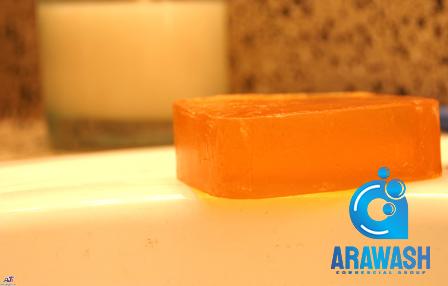
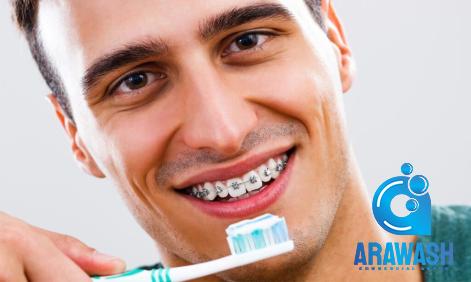
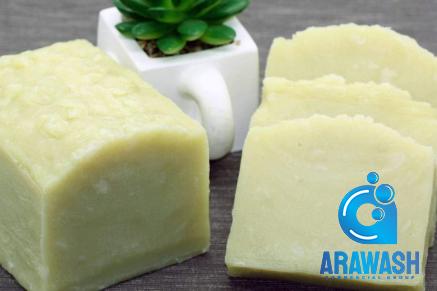
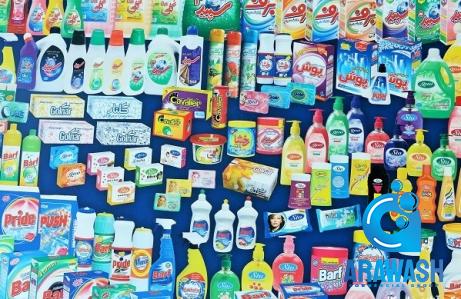

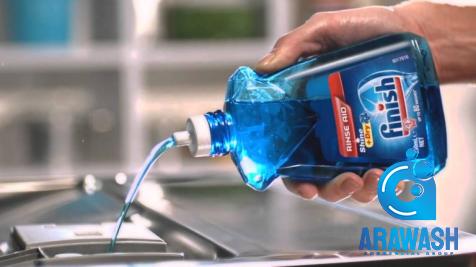
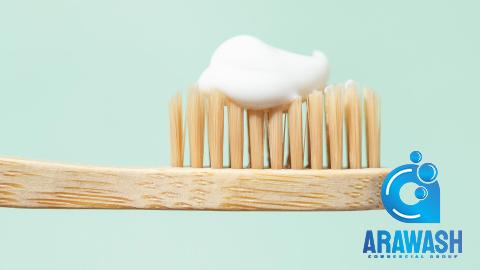
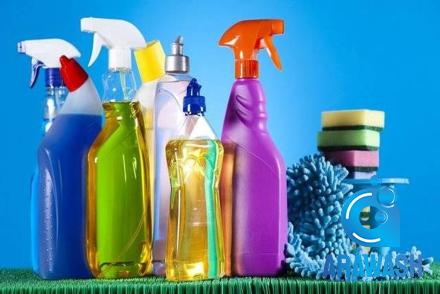
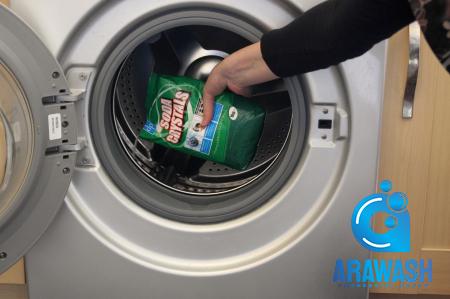
Your comment submitted.